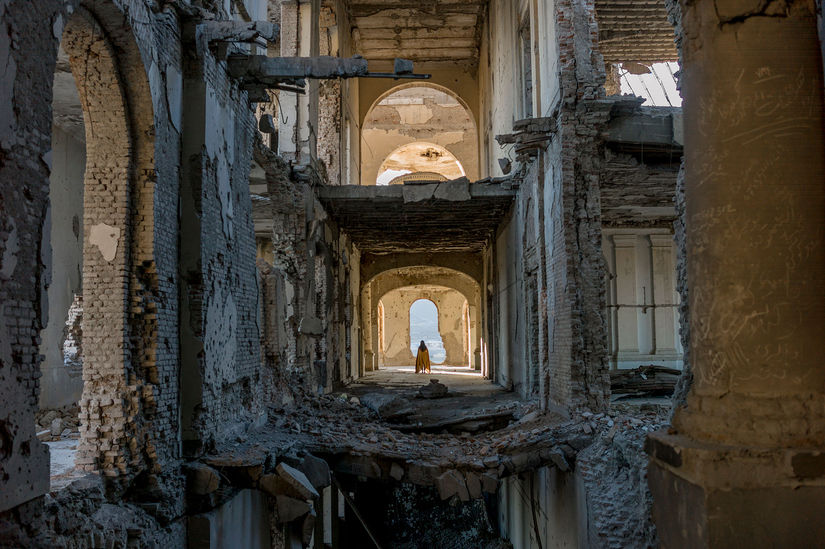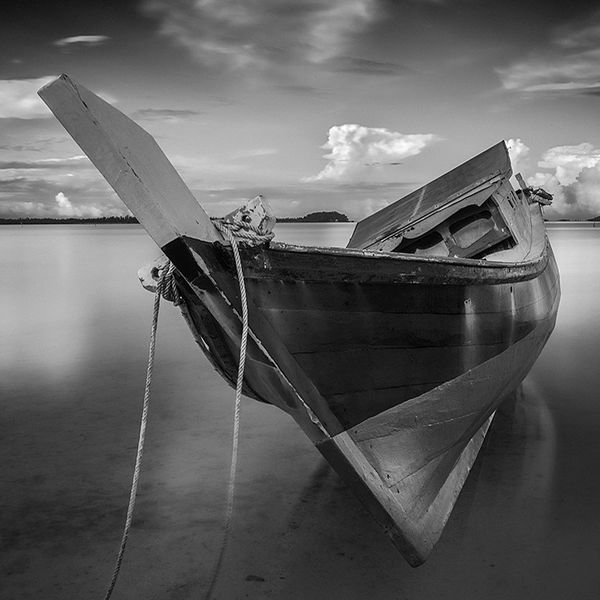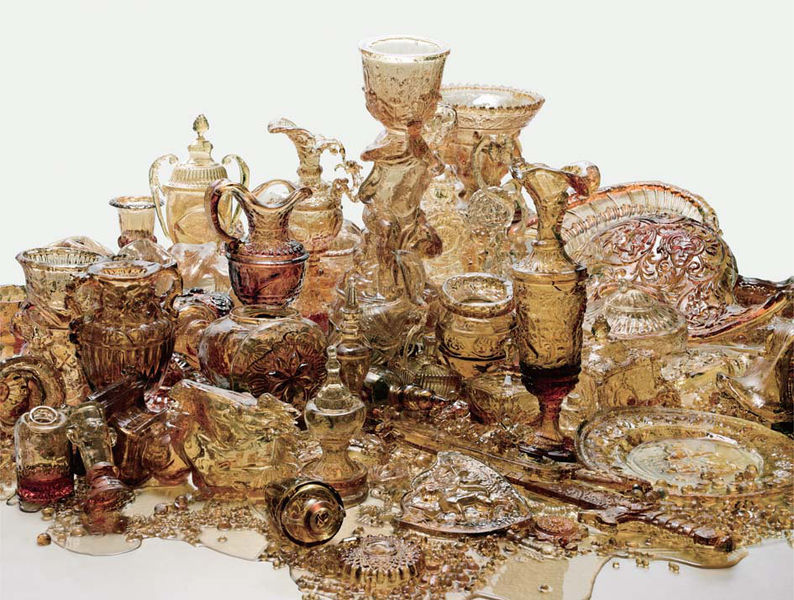Source: The Artling.
Photography is a wide-ranging branch of the visual arts with a rich and multi-faceted history. With various genres of photography ranging from pictorial, surrealist, street, to landscape, and much more, there is plenty to explore and discover when starting your own photography collection.
Photography is considered a relatively new medium, especially in comparison to the more traditional and artistic practices of painting and sculpture. However, in recent years, modern and contemporary photography has become increasingly popular among art collectors. Here’s some guidance on how to start collecting photography and why it is worth incorporating into your collection!
Why Collect Photographs?
Photography is an excellent entry point when starting an art collection. Whether you are new to the arts, or an experienced connoisseur, photography has become a top collecting category, with many adding highly sought-after pieces to their collection. Take Sir Elton John for example, who currently holds one of the greatest collections of photographs in the world. Photography has been vital in documenting events from the most monumental to the most mundane, “they [Photographs] are like reading a book” John states, “your imagination comes alive and you imagine what was going on when the photograph was taken”.
Accessibility
While the thought of paying a fortune on photography may sound daunting to someone who has just started collecting, photography is actually one of the more accessible types of work to add to an art collection. With increasing attention to this medium brought forward by galleries, museums and art fairs such as Paris Photo and Photofairs, it has become easier to view photography from all around the world in one place. There are also many books and websites in the market providing valuable insight on photographers and their works of art. The Artling, for example, has a section dedicated to photography, which showcases photography from under US$500 to above US$50,000. Depending on the budget, acquiring photography is relatively easier because with the same price point, one may be able to get hold of several photographs, as opposed to just a single painting.
Every Photo Tells A Story
Whether it’s a story encapsulated by the subject matter depicted in a photograph, the story behind how and why the photograph is made, as well as the story of the photographer’s life, every photo has something to say. Part of why collecting photography can be exciting—and addicting—is because you can look at a photograph again and again and still discover something new every time. It is not uncommon for collectors to become well-versed in the history of a certain period and country of photography they are collecting. Learning about the biographical details of their favorite photographers is something more than just a hobby—it can be a serious endeavor. No matter which stage of your art collecting journey is, it’s never too late to start thinking about collecting photography as well.
How to Collect Photography?
There are various factors to consider when purchasing a piece of fine art photography. However, it is first and foremost important to start with something that you like – perhaps there is a certain theme, aesthetic quality, or subject matter that piques your interest. Once this has been established, there are multiple elements to be aware of and to understand when acquiring photographs. Here are some tips to ensure that you find the perfect photograph to add to your collection.
Understanding Editions
Since the invention of the camera, image-making has evolved from merely serving the function of documentation to becoming works of art. Some people may argue that nowadays anyone with a smartphone can take numerous photos and that photography is just a process of mechanical reproduction. However, savvy art collectors know that they should always take the number of editions into consideration when collecting photography. The purpose of revealing the number of editions is to ensure a level of scarcity by limiting the versions of the photographs circulated in the market, so as to prevent the individual work’s value from depreciating. In general, always purchase from a reputable website like The Artling.
Quality & Condition
Any professional photographer or experienced art collector will tell you that photography is much more than simply clicking the shutter. Examine carefully the condition and quality of the photograph while you prepare to acquire a piece. Research the photographer to find out the process that goes into the creation of the piece. The photographic equipment, lighting, and exposure are crucial factors that influence what the captured image looks like. Analog and digital photography require different skills and techniques.
Moreover, the medium says a lot about the quality of the work. The materials used to create a photograph, for example, C-print or silver gelatin print, are vastly diverse. Not all photographs are printed on paper—metal or canvas are possible as well. The ink and the type of paper can influence the outcome. For example, glossy or matte paper will produce a drastically different appearance on the work. Much like any artwork, damage to a photograph can greatly depreciate the value of the piece. Hence, it is also vital to examine the condition of the photograph carefully especially if you are purchasing a work by a contemporary photographer – where scratches, handling marks, tears, creases, or uneven surfaces should be non-existent.
Vintage Prints
When purchasing photographs, it is important to understand what exactly you’re collecting, particularly when it comes to editions. A vintage print is when a print of a photograph was created during or close to the time the original negative was made. In addition to vintage prints, there are also modern prints; which are prints created by the artist much after the negative was conceived, and posthumous; which are prints produced following the artist’s death.
These different types of prints can certainly determine and affect the value of a photograph. Vintage prints are generally the most expensive and highly demanded among established artists. However, it is important to note that collecting a vintage print does not necessarily mean it is of the highest quality, it simply references the close proximity in time it was made to the original negative.
Care & Handling Photographs
When you acquire a photographic piece, it is essential that you know how to care and handle the work. Photographs are very sensitive and fragile because of the materials and chemical processes used to develop or print the image. Various factors can influence the condition of a photograph; humidity, temperature, and light tend to be the main causes of damage to photographs.
To protect your photography collection, avoid placing or hanging prints in direct or intense light, as this can cause the image to fade over time, and eventually ruin the entire work. Additionally, framing your photographs and placing them in a relatively dry and cool room will further prevent mold growth, decay, warping, and distortions to the image. When handling photographs, try to wear microfibre gloves to avoid direct contact with the surface of the work – you wouldn’t want to accidentally scratch or smudge the work.
Established Vs. Emerging Photographers
Determining whether you want to purchase a work by an established or emerging photographer is entirely up to you as a collector and what you envisage for your collection down the line. For investment purposes, many individuals purchase pieces by established artists with the idea that the work will likely retain, or even gain, value over a long period of time. The starting price point will evidently be higher for photographs by established verses emerging talents.
However, many collectors also like to acquire works by emerging photographers because of the potential and brilliant artistry they see in their work. Collecting photographic prints by emerging photographers is a great way to start your collection especially if you are shopping on a limited budget. However, it is also important to do your research on these photographers. For example, check out their artistic training, look at their recent exhibition history and prizes they may have won in the past.















